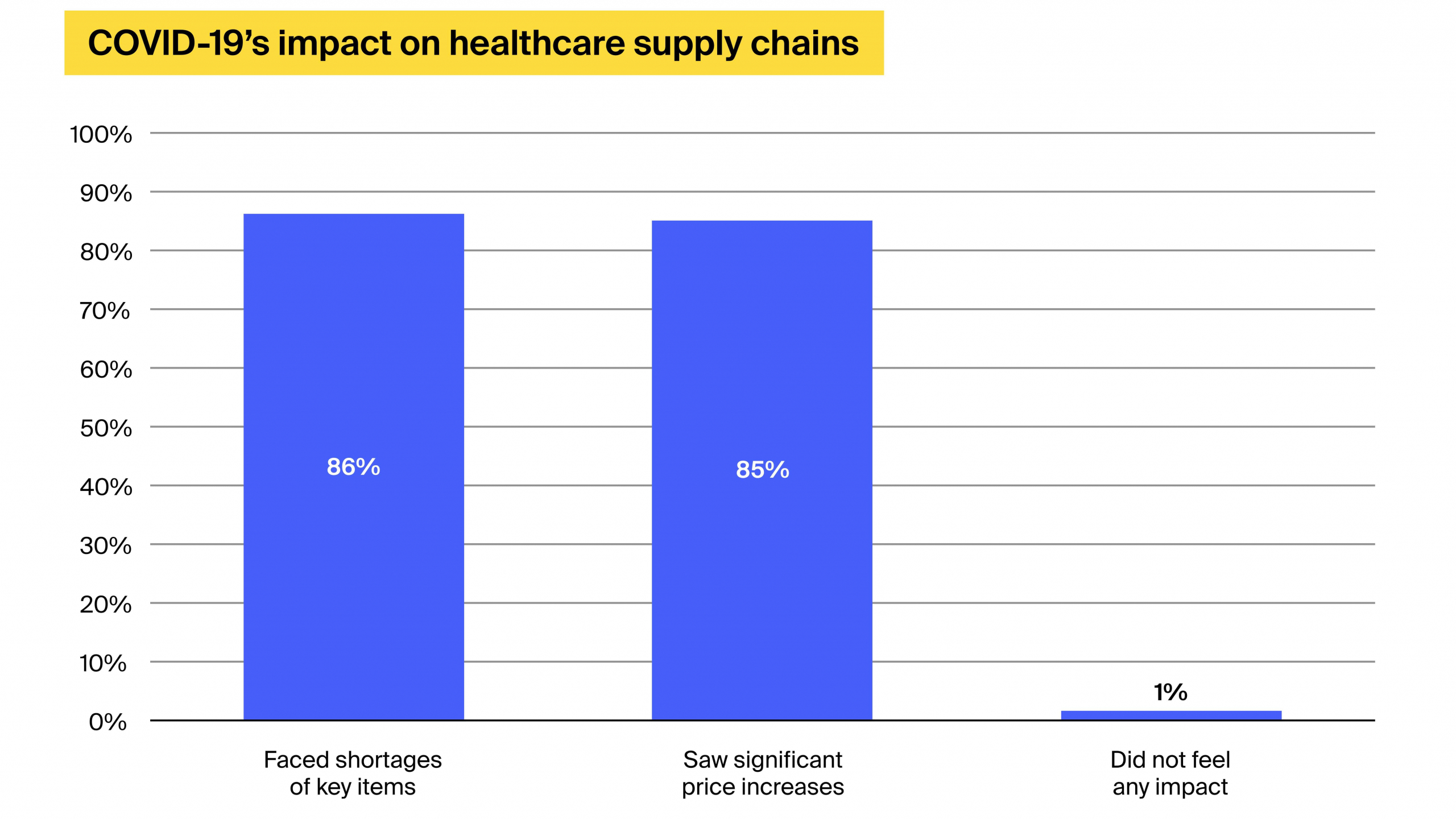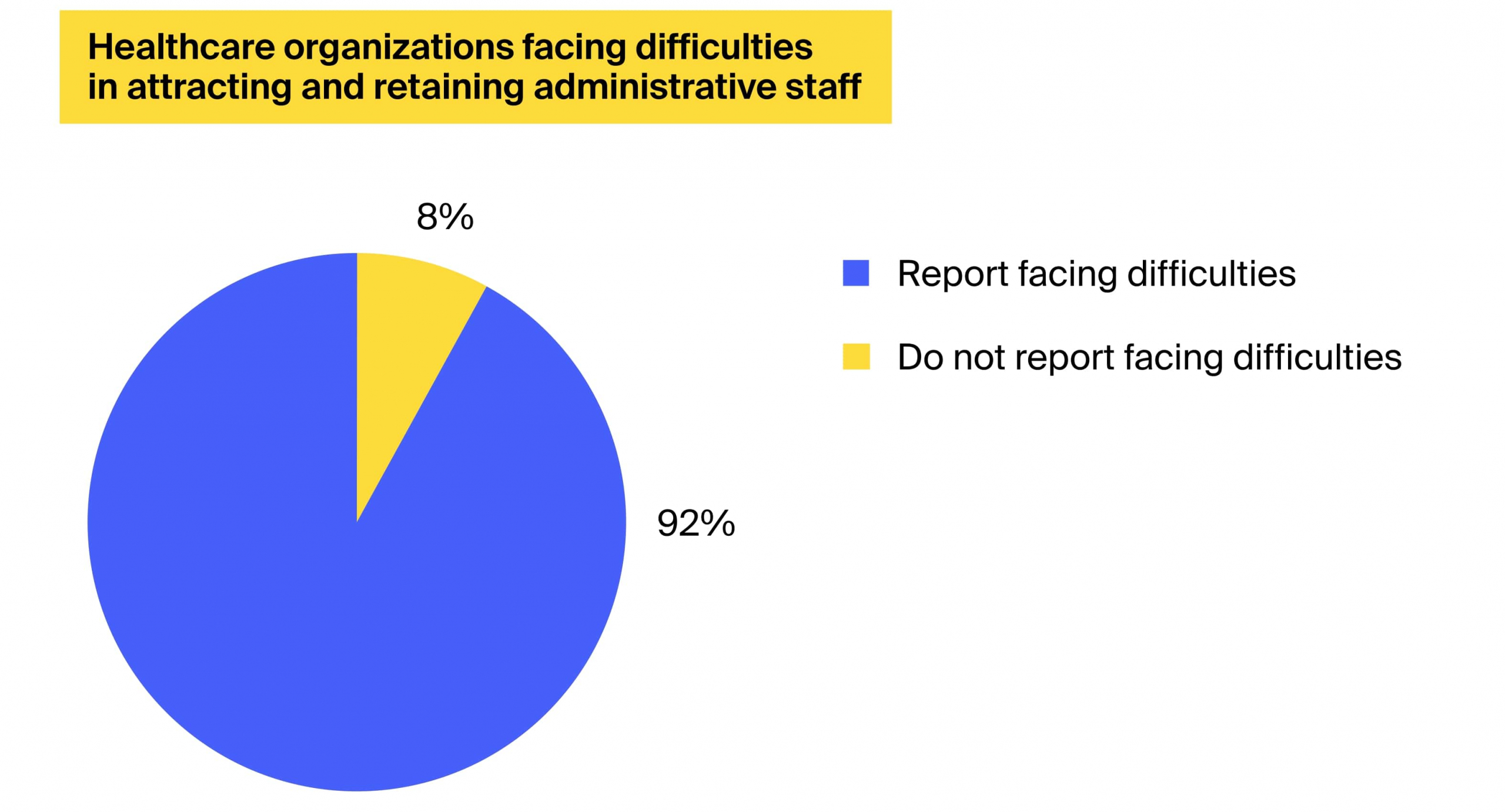Technology can tackle the inventory management issues in the healthcare supply chain in a variety of ways. The following two, we think, drive the most impact: increasing visibility into the inventory and bringing in fresh insights driven from historical inventory data.
Improving inventory visibility
Statistics and the experience of our customers prove: it is not always easy for hospital workers to keep an eye on inventory and make sure they have all the needed items on hand. What is more, 85% of medical workers claim they have trouble documenting supplies and 25% of them say that they don’t always check product expiration or recall info.
What could help address the healthcare supply chain issues related to inventory is switching to more transparent, technology-enabled inventory management. Keeping track of inventories via a secure, cloud-based platform and
bringing in the elements of the Internet of Things, such as beacons or sensors, for real-time tracking drastically increases inventory visibility. It also makes it easier for supply chain employees to calculate optimal inventory volumes, handle suppliers, track deliveries, and get the needed items to patients and medical staff on time. Having a real-time view into the inventories helps keep track of the quality of the delivered items, thus facilitating compliance and the management of expired or recalled products.
Increasing visibility into the inventory, hospitals can recover a share of the lost revenue stemming from inventory data loss and flawed inventory management practices. Annually, this lost revenue amounts to
a whopping $7 billion.
Tapping into predictive insights
Bringing in technology, artificial intelligence (AI) in particular, into their supply chain management mixes, healthcare organizations can use the insights
generated from predictive analytics to overcome such healthcare supply chain issues as uninformed decision-making and limited knowledge about the inventory.
AI algorithms can, for example,
improve demand forecasting based on historical demand data and the information about external factors influencing the demand, optimize inventory distribution across multiple storage locations, streamline the management of expired and recalled products, and more.
As a result, hospitals can save money by right-sizing their inventory and improving their purchasing and storage strategies.














